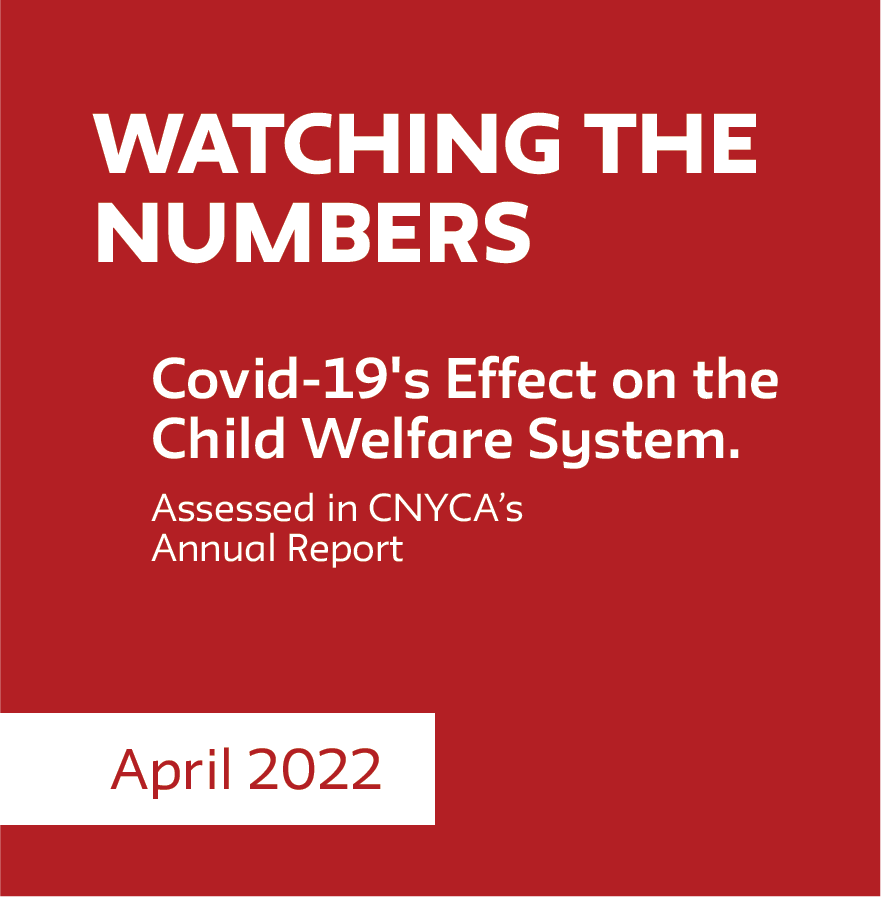
Child welfare activity has remained at a lower level throughout the pandemic. Our annual Watching the Numbers report tracks trends in key child welfare indicators and our latest report includes six years of data ending with City Fiscal Year 2021. This year’s report also includes monthly data from throughout the pandemic (starting in January 2019 and running through December 2021). Last year’s Watching the Numbers captured data from the early months of Covid-19 shutdowns, and showed a precipitous decline in abuse and neglect reports, investigations, court filings and orders, mandated services, foster care admissions, and discharge outcomes. These and other indicators have stayed below recent historical trends.
Many have remarked that the pandemic set up a natural experiment in what might happen if child welfare services were a less active part of families’ lives. Local and national news reports predicted an increase in harm to children at home, with stressed parents and without the protective eyes and engagement of schools, service agencies, and other entities. It appears, however, that less child welfare activity did not make children less safe at home. Families and children certainly faced many pandemic hardships. But they also experienced a more robust social safety net and received unprecedented Federal financial support. Many social service agencies also reoriented themselves to providing for basic needs like food and diapers. Less activity, however, also extended to fewer discharges from care, and calendar year 2020 data also show fewer family reunifications and adoptions. Will these trends continue as the city emerges from Covid? Is there a “new normal” where kids are safe with less child welfare intervention?
Some key trends in this year’s report:
This report is made possible thanks to the generous support of the Child Welfare Fund and the Ira W. DeCamp Foundation.
There's no previous post
Back to PublicationsThere's no next post
Back to Publications